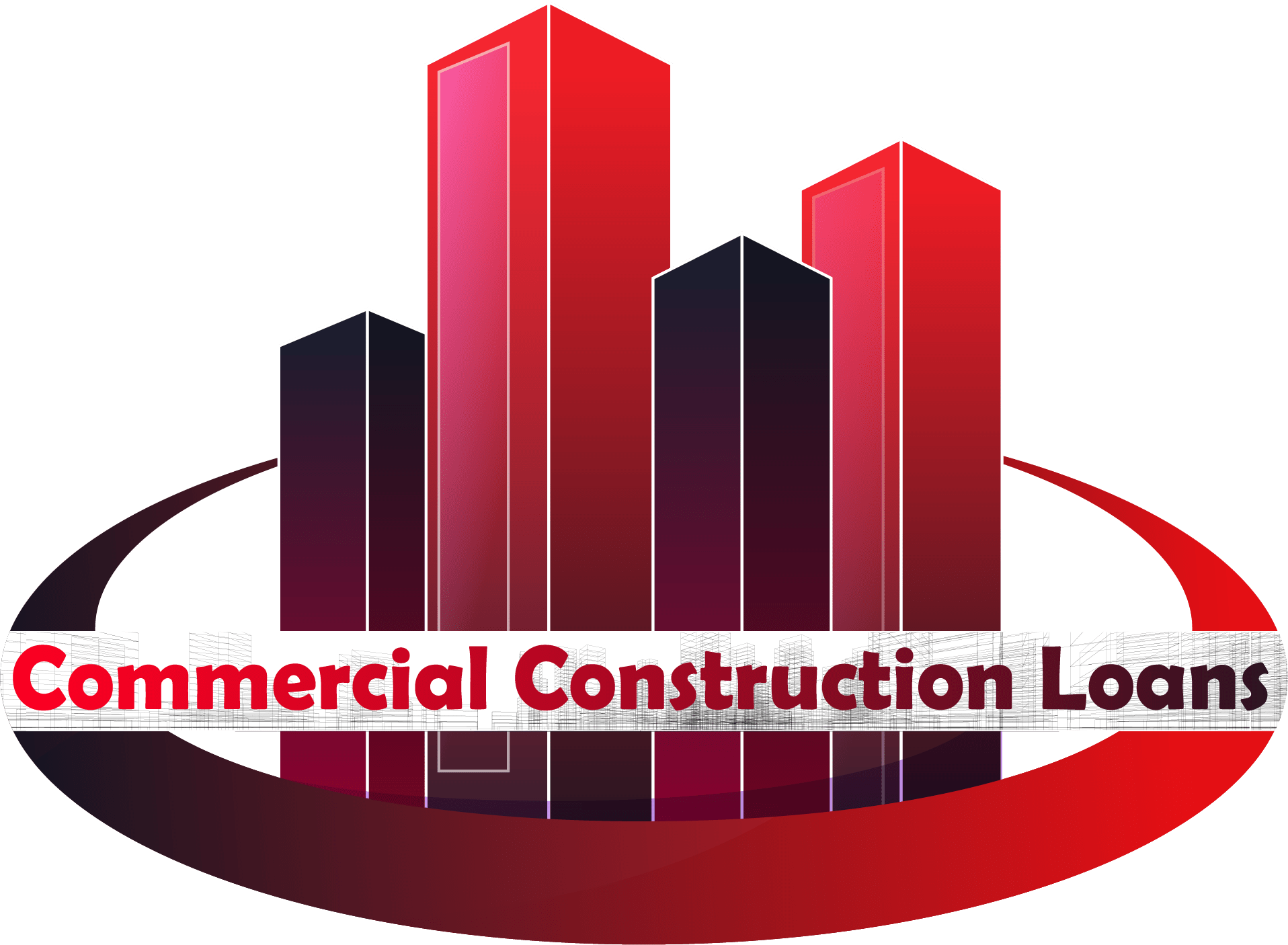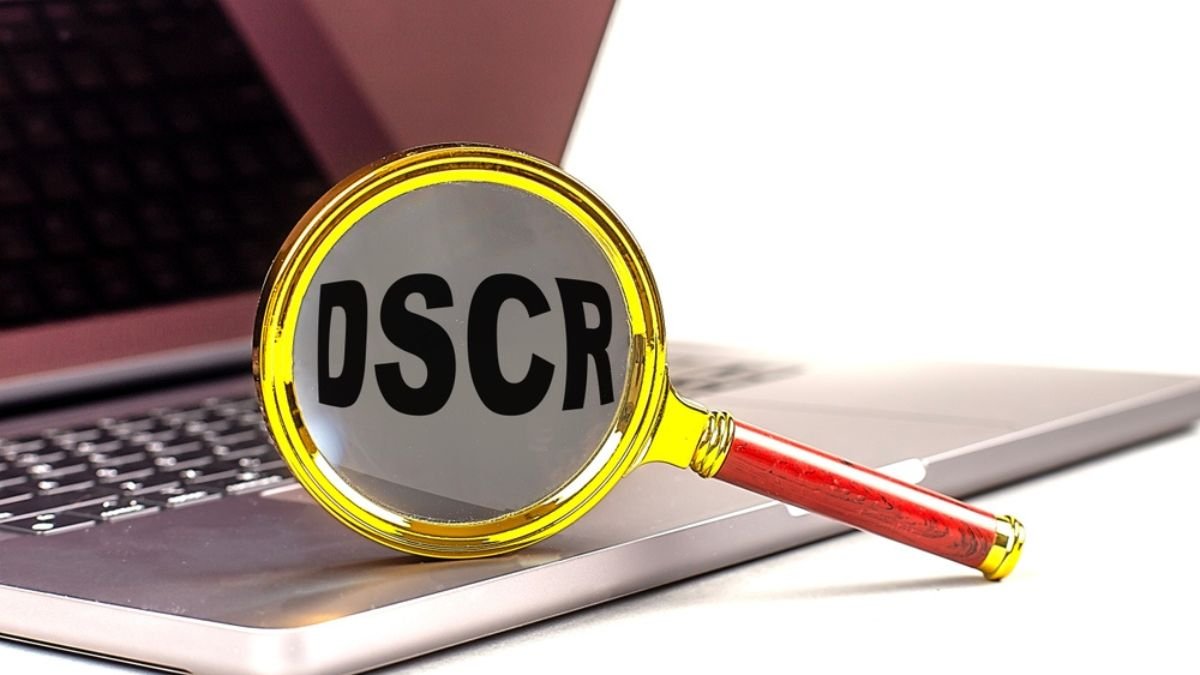Commercial construction loans can help you get the money you need to begin constructing a business. They give you the cash to buy land, building materials, and contractor fees for remodeling and construction projects.
How the money is sent out is different from how standard mortgages work. Commercial construction loans usually use a draw plan instead of giving you a lump sum all at once. In other words, the bank provides the money in steps as the project progresses and meets specific goals.
Now, not everyone can get a loan for commercial construction financing. The Debt Service Coverage Ratio (DSCR) is one of the most important things lenders look at to see if you qualify. The DSCR looks at how much money you expect to make from the property in the future (usually rent) compared to the amount you have to pay each year for debts like the loan. A high DSCR (generally above 1.25) shows that you can quickly repay the loan, making lenders more interested in your project.
What is a Debt Service Coverage Ratio (DSCR)?
Think of DSCR as a report card for your business property loan.
How it works
This is how much rent you can expect to get each year.
Paying off debts: This is how much you’ll have to pay each year for your loans and other bills.
DSCR = Monthly Income / Monthly Debts
For lenders, it looks better when the DSCR is high.
If your DSCR is high (usually above 1.25), you make enough money to repay your loan quickly.
This lets lenders know you’ll pay them back, which lowers their risk.
Knowing the DSCR Code Manual
At first glance, the DSCR method might need to be revised to be understood. Still, it comes down to a simple comparison: how much you owe and how much your property will bring in.
To make it easy, here’s a list:
Divide net operating income (NOI) by debt service to get DSCR.
What is net operating income (NOI)?
This is the actual income from your property after operating income is considered.
Here’s how to figure it out:
Gross Income
Here is the total rent you expect each year from renters.
Operating Expenses
These are the yearly incomes from keeping the building up and operating, which include:
- Property taxes
- Insurance
- Maintenance and repairs
- Utilities
- Management fees
NOI = Gross Income – Operating Expenses
Debt Service
You’ll owe This total annual amount will cover your loan obligations. It includes:
- Principal Payment: This is the portion of your loan payment that pays back your borrowed amount.
- Interest Payment: This is the cost of borrowing the money, typically calculated as a percentage of the outstanding loan balance.
Putting it all together – Step-by-Step Example
This is an example of an application for a construction loan: you want to build a store. To find your DSCR, follow these steps:
- Estimated Gross Income: $120,000 per year from rent
- Operating Expenses:
- Property Taxes: $15,000
- Insurance: $8,000
- Maintenance: $5,000
- Utilities: $10,000
- Management: $6,000
- Total Operating Expenses: $44,000
- NOI = $120,000 – $44,000 = $76,000
- Loan Details:
- Loan Amount: $1,000,000
- Interest Rate: 6% (This will determine your annual interest payment.)
- Loan Term: 10 years (This will determine your principal yearly payment)
Calculating Debt Service
You’ll need a financial calculator or a loan amortization chart to find the yearly principal payment. But for this case, the main fee every year is $100,000.
- Annual Interest Payment = Loan Amount x Interest Rate = $1,000,000 x 6% = $60,000
- Total Debt Service = Principal Payment + Interest Payment = $100,000 + $60,000 = $160,000
Finally, calculate the DSCR
- DSCR = NOI / Debt Service = $76,000 / $160,000 = 0.47
What does the DSCR tell us?
In this case, a DSCR of 0.47 is not very high. This means that the loan payments need to be made with more money than the property is expected to bring in. Lenders usually want a DSCR above 1.25, so before you get the loan, you may need to change your budget or look for ways to make more money.
Commercial Construction Loans: What Makes a Good DSCR?
Lenders usually want a DSCR of 1.25 to 1.4 for commercial construction loans. The higher the DSCR number, the more likely buyers will get a loan with good terms. This is why:
- Reduced Risk for Lenders: A high DSCR (above 1.25) means the investor is taking on less risk. It lets them know that you expect the property’s income to be enough to cover all your debts, including the loan payment. This gives them more faith that you can repay the loan fully and on time.
Benefits for Borrowers
You, as a borrower, will gain in several ways from having a high DSCR:
- Increased Likelihood of Loan Approval: A DSCR above the minimum level makes your loan application much more likely to be accepted.
- Favorable Loan Terms: Loan terms can improve if the DSCR is high. This could mean getting a loan with a longer term. This gives you more time to pay it back and frees up cash flow for other business needs. You may also get a bigger loan, which would help you pay for more of your job.
- Potentially Lower Interest Rates: Your loan interest rates may decrease if your DSCR is high. They will save a lot of money over the life of the loan.
To sum up, a high DSCR suits users and loans. It shows that the user is responsible with money and gives lenders peace of mind.
Factors Affecting Your DSCR
The DSCR is like a seesaw: things on each side affect the percentage as a whole. Here is a list of the most critical factors that can make a difference:
On the Income Side (Numerator)
Projected Rental Income
This is the principal amount of money that your home should bring in. Your DSCR will simply go if you expect your rents to go up. Some things that can affect rental income are:
- Market Demand: You can charge higher rents because your area has a high rent demand.
- Property Type: Rental prices change for different types of properties. Warehouses may have lower rents than office buildings.
- Location: Most of the time, rental prices are higher in desirable places than in less desirable ones.
On the Expense Side (Denominator)
Anticipated Operating Expenses
These are the incomes from operating the house each year. Your DSCR will go up if you keep these incomes in check. Here are some things to think about:
- Property Taxes: These rely on where the property is located and how much it’s worth.
- Insurance income: Insurance rates can be changed by the type of property and how dangerous it is thought to be.
- Maintenance and Repairs: Regular upkeep can help keep repairs from being too expensive.
- Utilities: Constructions and appliances that use less energy can help lower electricity bills.
- Management Fees: The cost of managing a property can change based on its size and complexity.
Loan Terms
- Interest Rate: A lower interest rate means paying less each month to service your debt, which can help your DSCR.
- Loan Amount: A smaller loan means less debt to be paid back, which makes the DSCR higher. But this could make it harder for you to pay for all the job income.
You can improve your chances of getting a good commercial construction loan by carefully thinking about these things and strategically planning your project.
Strengthening Your DSCR: Strategies for Loan Success
It is essential to have a high DSCR to get good commercial construction loans. Here are some things you can do to raise your DSCR and make lenders want to lend you money:
Boosting Your Net Operating Income (NOI)
- Location, Place, Area: Do a lot of research on the market to find a property that could be rented for a lot of money. Look for places with a lot of demand for rentals and where rents have stayed the same or increased.
- Property Matters: Pick a property that fits the market’s wants. For example, office buildings might work well in a busy business area. However, warehouses might work better in a place with many factories.
- Negotiate Like a Pro: You can discuss lease deals with people wanting to rent from you. Getting renters with longer lease terms who you can count on can help you make a steady, predictable income.
Curbing Operating Expenses
- Management Marvel: Consider hiring a professional property management company. They can make things run more smoothly, get better deals from suppliers, and find places where income can be cut.
- Energy Efficiency is Key: Spend money on building materials and equipment that use less energy. In the long run, this will save money on energy bills and benefit the environment.
- Maintenance Magic: Make a plan for preventative maintenance to care for minor problems before they worsen and cost a lot to fix.
Loan Terms: The Art of Negotiation
- Partnering with a Correspondent Lender: Having a correspondent lender like commercialconstructionloans.net can be helpful. They have built ties with many lenders and can negotiate loan terms on your behalf, which could help you get a better loan amount or lower interest rate.
Using these tactics, you can make a solid case for lenders with a strong DSCR. Remember that a good DSCR shows that you are responsible with money and gives lenders faith that you can repay the loan. This means that getting a loan will go more quickly and with better terms, putting your commercial building project on the right track for success.
Conclusion
The debt service coverage ratio (DSCR) is the most critical factor in getting a commercial construction loan. Lenders can see how well your project’s money will cover your loan payments. A high DSCR (usually above 1.25) shows lenders that you can pay back the loan and makes the project look very appealing.
Knowing what affects DSCR and taking steps to improve it can significantly raise your chances of getting a loan and even better terms.
It would help if you worked with a commercial construction loan specialist like commercialconstructionloans.net to get help figuring out your DSCR and the loan approval process. You can make your business construction dream come true with a strong DSCR and the right team.
FAQs
What are commercial construction loans?
Commercial construction loans can get you the money you need to build or fix commercial property.
How do they differ from traditional mortgages?
Instead of giving you a lump sum all at once, commercial construction loans usually provide you with money in stages as the project goes along, according to a set plan.
What is DSCR, and why is it important?
The Debt Service Coverage Ratio (DSCR) is one of the most critical ways lenders determine if you can repay the loan. It looks at how much money you expect to make from the land and how much you owe each year. A high DSCR means that lenders see you as less of a risk, which raises your chances of getting a loan.
What is a good DSCR for commercial construction loans?
Most lenders want a DSCR of at least 1.25 to 1.4. However, a higher DSCR is always better for getting better loan rates.
What factors affect my DSCR?
Your anticipated rental income, operating income, and loan terms (interest rate and loan amount) can all impact your DSCR.
How can I improve my DSCR?
You can raise your DSCR by focusing on strategies that boost your net operating income (NOI). For example, picking a property with high rental potential and lowering your operating income by managing it well are two examples. Also, getting better loan rates with a correspondent lender’s help can improve your DSCR.


Comments are closed